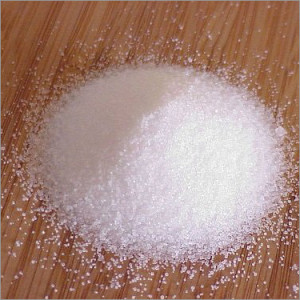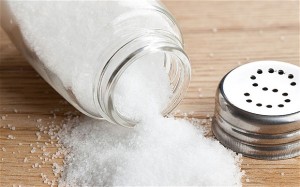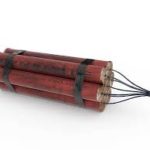Common salt: Different grades and production processes
Common salt in its natural form is found in the form of a mineral called rock salt or halite. Sea is the biggest supplier of common salt with a salinity of 3.5% (meaning about 35gms of salt per liter of water). Among the different kind of salts dissolved in the sea water, sodium chloride tops the list constituting about 90% of the dissolved salts.
China is the largest producer of salt followed closely by the United States. Out of the so many tons produced every year, only a small percentage goes for human consumption, the other important uses of salt being treatment of impure water, agricultural use and de-icing highways.
There are different types and different grades of salt. There are three widely ways of producing salt – deep shaft mining, solution mining, solar evaporation. Out of the three, solar evaporation is the oldest technique which relies much on sun and hence could be practices only in warm regions. It happens once a year when only the salt has reached a specific thickness. The method involves capturing salt water in shallow ponds from which water evaporates due to heat energy from the sun and wind. After the evaporation process is complete, a small salt bed gets formed. From here salt is drained, cleaned and further refined. The salt making season lasts for four to five months.
Underground mining is the second oldest technique used with large machines operating. The bed of salts underneath the surface of earth is millions of years old. Miners drill an access ramp to the salt bed. Shafts are used to get people, equipments into the mines and bring back the mined rock salt back to the surface. Shaft is an underground inclined/vertical passageway that acts as a tunnel. Explosives are strategically positioned and blasted to fracture the salt from the mine face. The underground mines have ventilation shafts to ward off toxic fumes from drilling and blasting. Mine shafts are lined with a concrete wall called a shaft liner. Giant machines perform the job of drilling and cutting many slots to a depth of 10 feet or more. These resemble walls with the surface in between them referred to as the mine floor. Now small holes are drilled into the walls to a depth of 10 feet or more where the explosives are loaded. After the explosion takes place, shovel trucks scoop up the rock salt. Recovery shafts conveyors move the salt blocks to the surface.

The third process is called solution mining. Wells are erected over salt beds that are between 500 – 2800 feet beneath the surface. Fresh water is forced inside to dissolve the salts. This salt solution called ‘brine’ is then pumped out and taken to a plant where it is treated to remove minerals. It is then boiled inside sealed containers (vacuum pans) and then evaporated until the salt is left behind.











